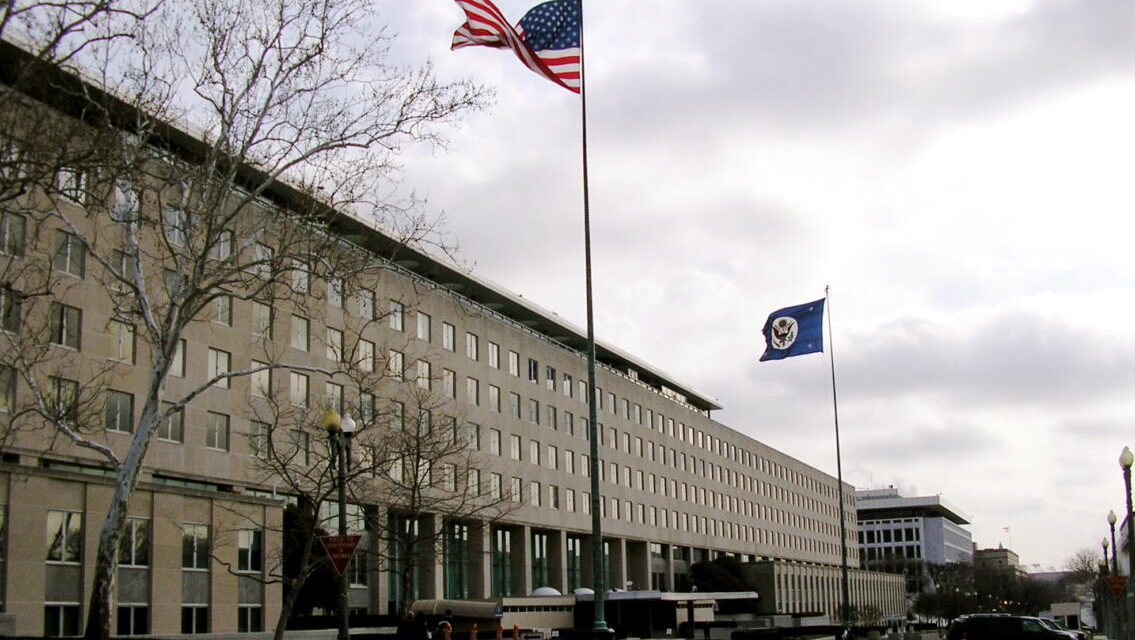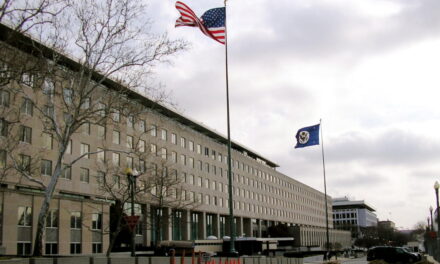Is President Trump bad? So what’s new …
The Guantanamo 22 | Al Jazeera documentary |
How a group of men from China’s Uighur community were sold in Afghanistan and imprisoned in Guantanamo as terrorists.
China’s ‘War on Terror’: September 11 and Uighur Separatism | CFR – July/August 2002 |
The September 11 attacks and the subsequent crisis also created a dilemma for China. They offered an opportunity for the government to reframe its battle with the Uighur separatists as part of a larger international struggle against terrorism. But the Afghan campaign raised other, less comfortable issues as well. As a result the Chinese response to the U.S. war on terror has been muted. China supported two UN Security Council resolutions that condemned global terrorism in general terms, but since then Beijing has remained notably silent, a reflection of its ambivalence.
On the one hand, China sees the U.S. fight against al Qaeda as helping to safeguard the authority and effectiveness of national governments. On the other, it worries about the legal and diplomatic repercussions of sanctioning such a clear violation of state sovereignty as the invasion of Afghanistan. It was fortunate for China that no UN resolution seeking to ratify the legality of the U.S.-led military campaign was introduced. A vote against such a resolution would have been seen by Washington as an unfriendly gesture, but a vote for could have set a precedent legitimizing the sort of intrusive foreign military interventions that China has generally opposed. And abstaining would have made the Chinese government look weak and indecisive in the fight against global terrorism.
Why Is George Bush So Favorably Disposed toward China? | News Sept. 2002|
Growing Up Guantanamo – Asadullah Rahman, a 10 Yr-old
I first met America’s youngest prisoner in its “war on terror” more than ten years ago. Asadullah Rahman had just returned to the remote village in Eastern Afghanistan where his family lived, a scattering of mud huts about a three hour drive from Kabul.
He was bright, easy-going and ambitious. He’d also just served seventeen months at Guantanamo Bay as a “juvenile enemy combatant.” Asadullah was about 10 years old when he was arrested, 12 years old when he was released.
I have spent more than a decade covering the conflict in Afghanistan, But over the years, I have never forgotten Asadullah. I was the first journalist to find, interview him and write about his ordeal.
He was enslaved to a local warlord when US special forces raided the compound where he was being held and arrested him. He spent a good chunk of his childhood in America’s most notorious prison camp.
…
Our film, Growing Up Guantanamo, traces Asadullah’s journey from his arrest and imprisonment to his subsequent return to Afghanistan and present day struggles. It also features rare interviews with American military veterans who served at Guantanamo Bay – some of whom are speaking for the very first time about how they felt about having child prisoners in their custody.We discovered Asadullah’s ordeal didn’t end with his release from Guantanamo Bay. In many ways, his return to Afghanistan marked just the beginning of his struggles.
A war lord returns to Kabul … all massacres forgiven! The butcher of Kabul leading to human rights abuses and the emergence of Taliban rule …
Afghan warlord Hekmatyar returns to Kabul after 20 years | AFP |
Gulbuddin Hekmatyar, a former prime minister, has returned to mainstream political life after his dormant Hezb-i-Islami militant group signed a peace deal with the government last September which sparked revulsion from human rights groups and residents of the capital.
His convoy of several hundred vehicles to Kabul, mainly pickup trucks equipped with machine guns, was greeted by hundreds of onlookers, including supporters bearing the green party flag and flowers.
As it progressed through the capital’s main thoroughfares he was joined by hundreds of cars ferrying people waving flags, singing the national anthem or chanting “Welcome to Kabul, Honourable Hekmatyar” in Pashto.
Hekmatyar earned his bloody nickname for laying siege to Kabul while during the 1992-1996 civil war, bombarding it with rockets that inflicted some of the worst damage in nearly 40 years of conflict, destroying one-third of the city and killing tens of thousands of civilians.
« click for more info »
This photo taken on May 25, 1992 shows (L-R) then Pakistani Minister for Labour Ijaz ul Haq, Afghan Defence Minister Shah Masood,
warlord Gulbuddin Hekmatyar and Saudi mediator
Abdullah Naif at a press conference in Lewa rocket base, 20 km east of Kabul. – AFP/File
○ Saudi Security and the War on Terrorism | CSIS Paper |
○ Mindset Behind The Shia Killings in Pakistan/Afghanistan
A new president … Donald Trump
○ Trump and MOAB, the Generals Are Really Good





